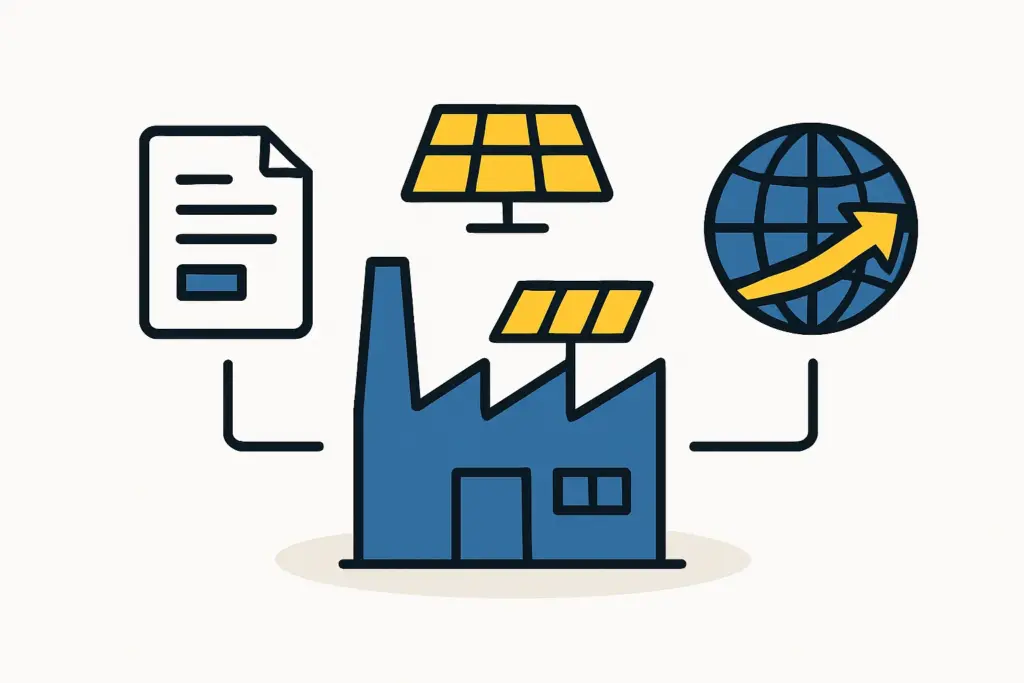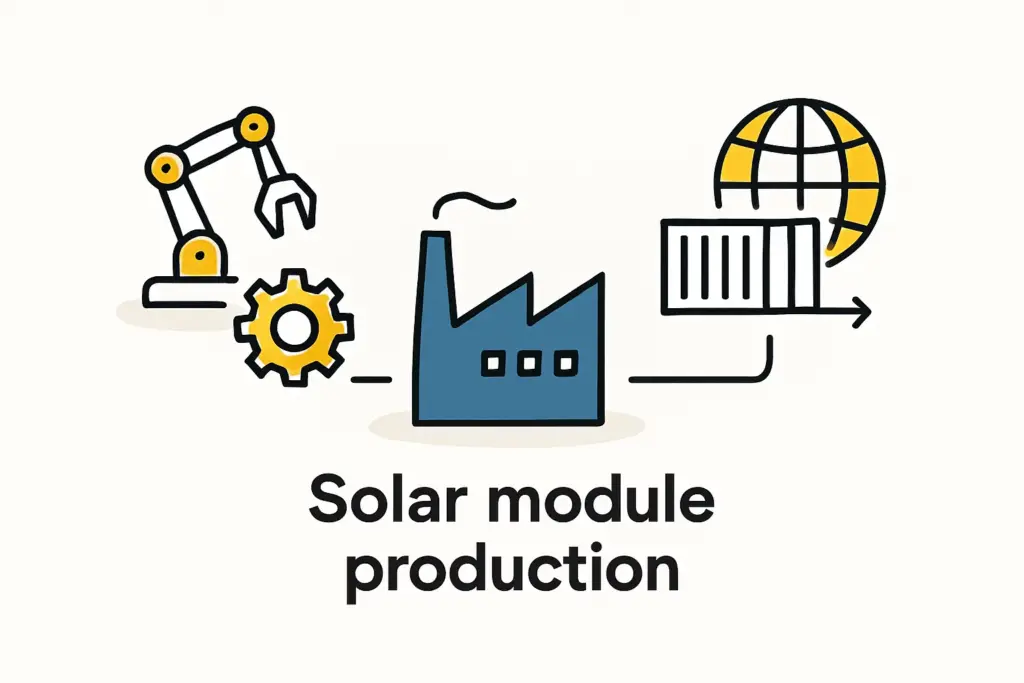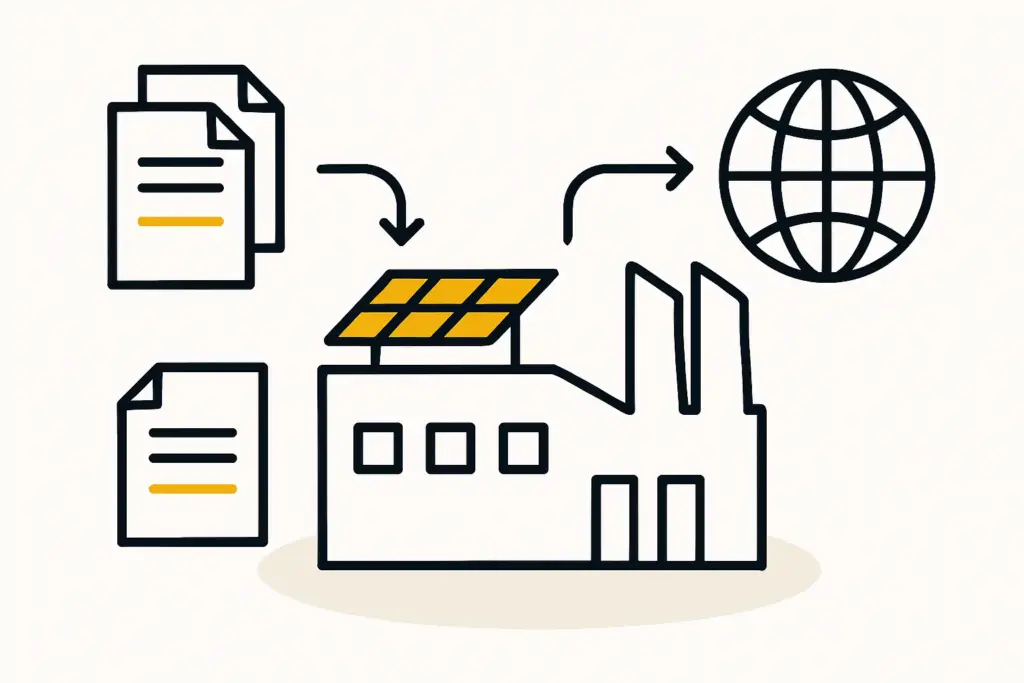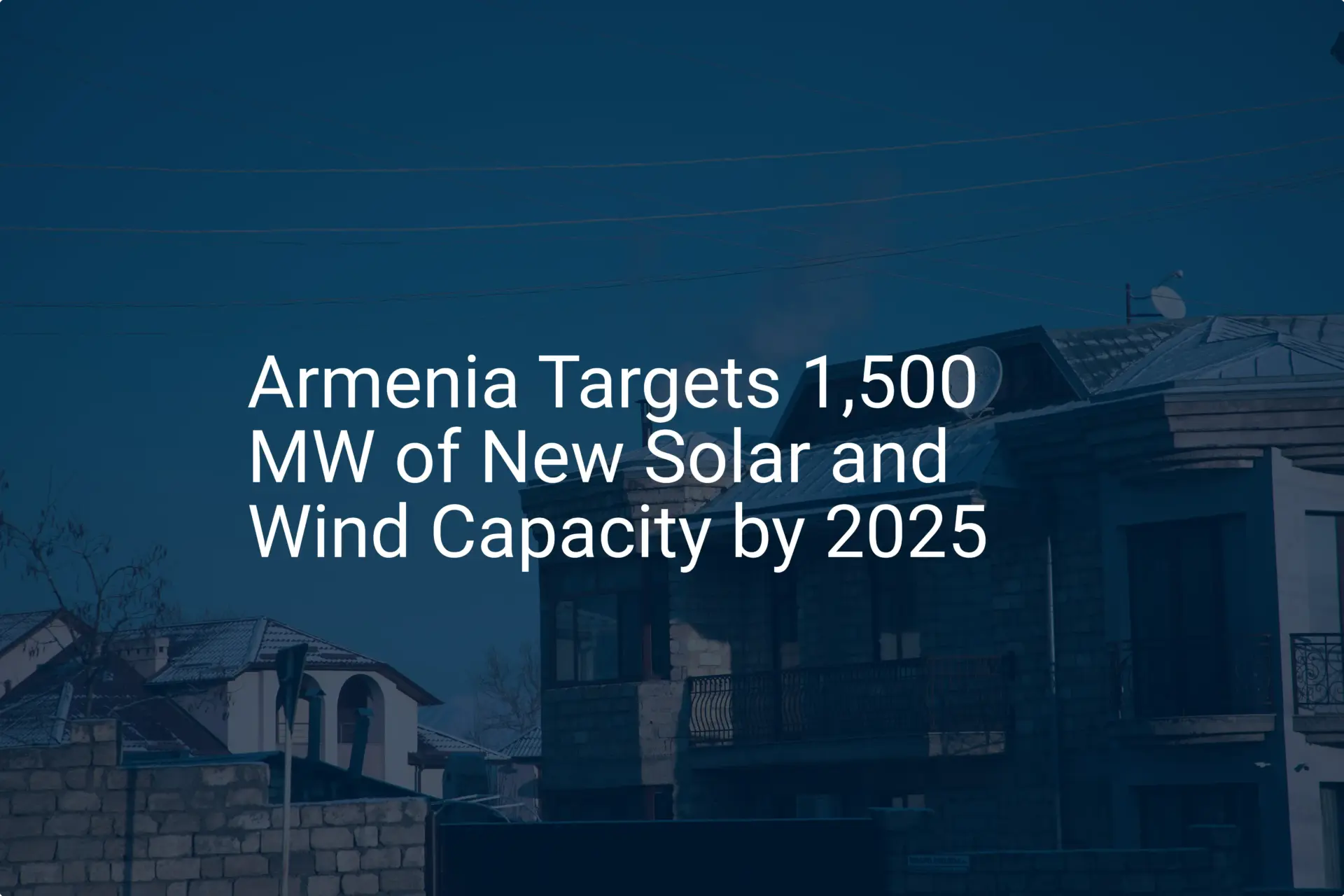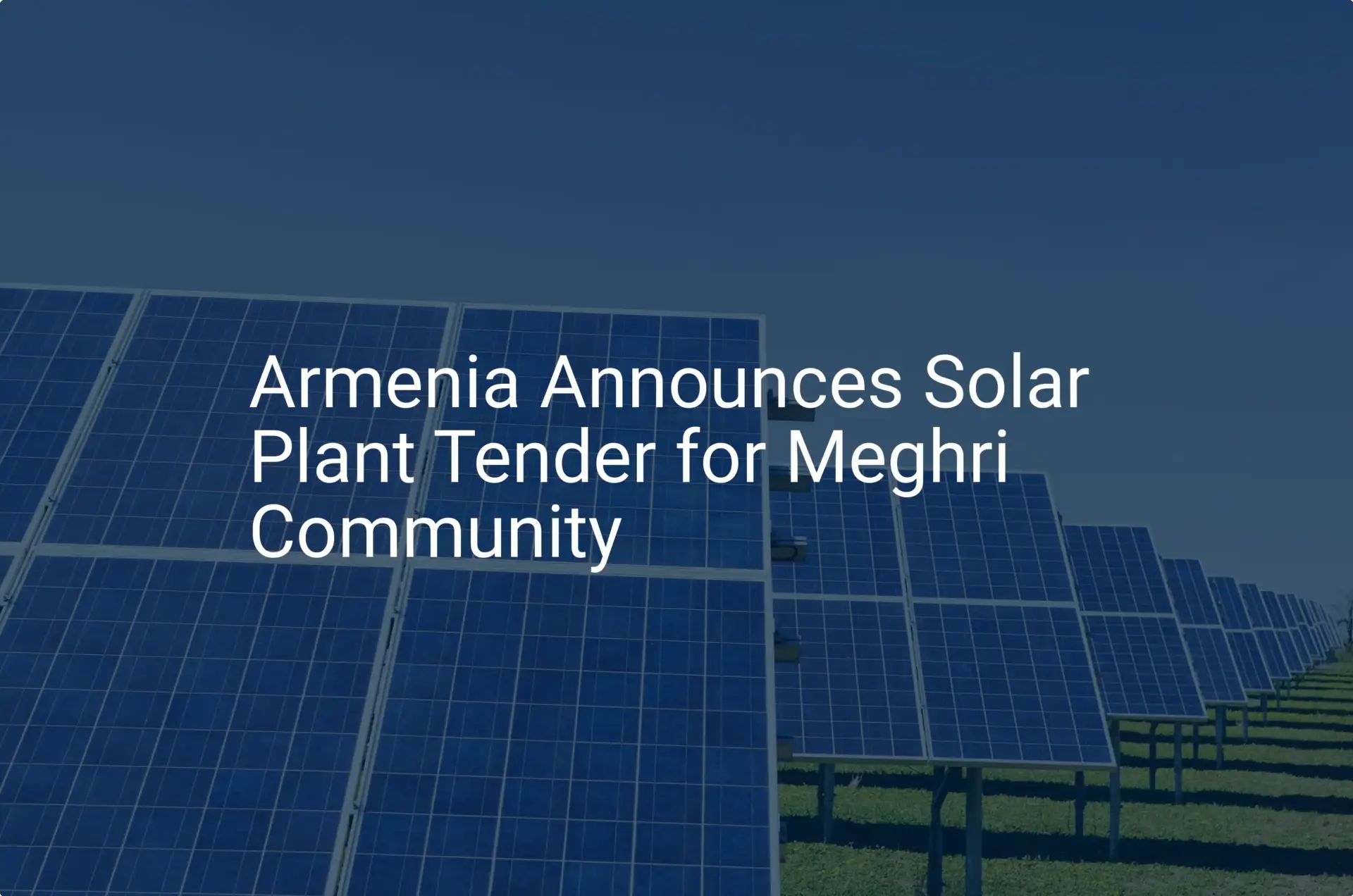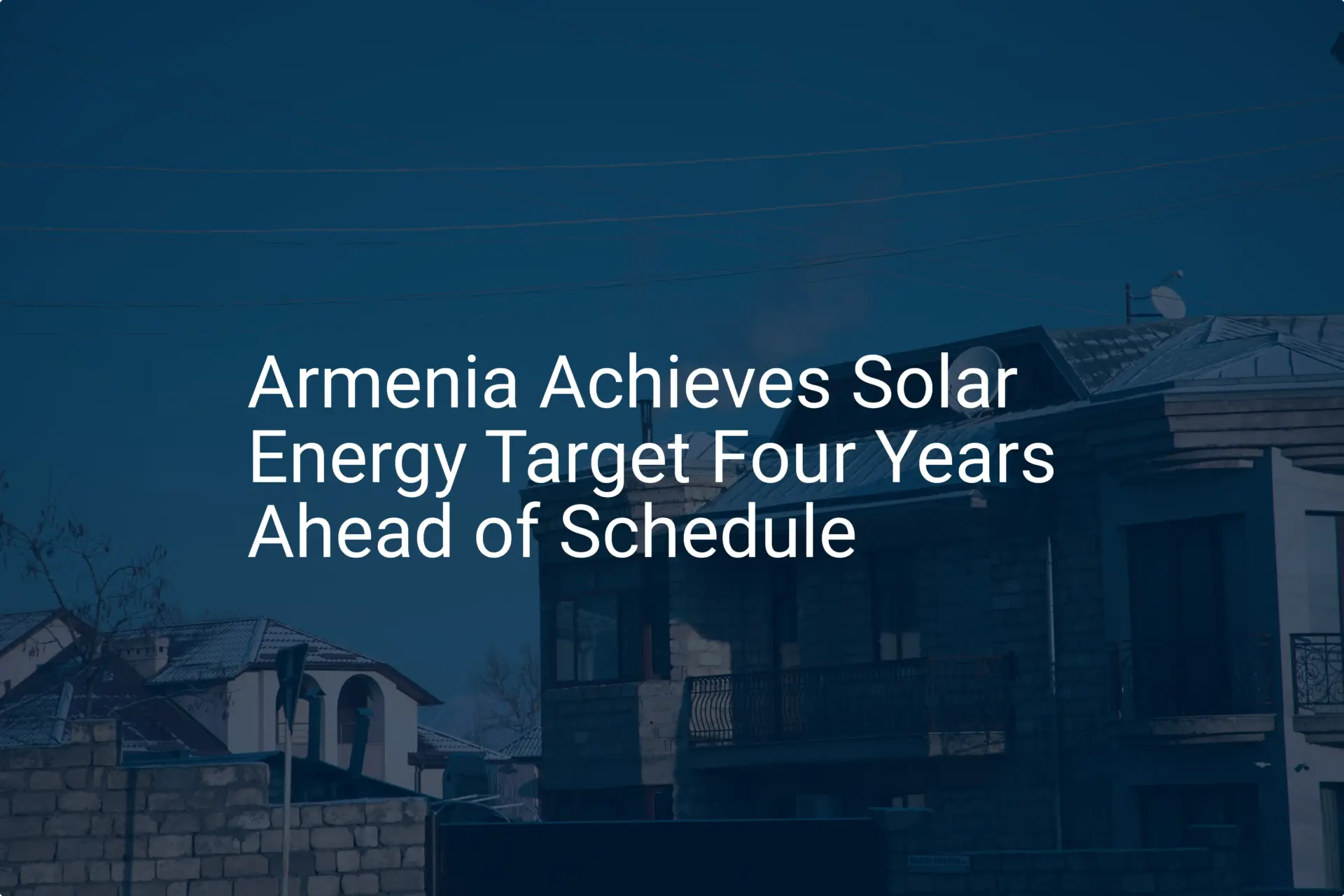Discover comprehensive insights into the statistics, market trends, and growth potential surrounding the solar panel manufacturing industry in Armenia
- Weather Travel. (2024). Armenia weather by month. https://www.weather2travel.com/armenia/climate/
- Profile Solar. (2024). Solar PV analysis of Yerevan, Armenia. https://profilesolar.com/locations/Armenia/Yerevan/
- Global Petrol Prices. (2023). Armenia electricity prices. https://www.globalpetrolprices.com/Armenia/electricity_prices/
- International Energy Agency (IEA). (2024). Armenia energy profile. https://www.iea.org/reports/armenia-energy-profile/energy-security-2
- Business Media. (2024). Solar energy in Armenia reaches 9% of domestic generation. https://bm.ge/en/news/solar-energy-in-armenia-reaches-9-of-domestic-generation
- Ministry of Energy Infrastructures and Natural Resources of the Republic of Armenia. (2021). Wind energy. http://www.minenergy.am/en/page/545#:~:text=According%20to%20the%20Public%20Services,excluding%20VAT%20(licensed%20before%2001.11.
- Armenian Energy Agency. (n.d.). Solar energy. https://energyagency.am/en/page_pdf/arevayin-energetika
- The World Bank. (2022). Armenia energy factsheet 2022. https://armstat.am/file/doc/99544448.pdf
- International Energy Agency (IEA). (2024). Armenia energy profile. https://iea.blob.core.windows.net/assets/55834e18-f66e-4642-aed2-7ebff9c54c2c/ArmeniaEnergyProfile.pdf
- Nazaretyan, H. (2023). Renewable energy: Armenia’s opportunities and limits. https://evnreport.com/raw-unfiltered/renewable-energy-armenias-opportunities-and-limits/
- The World Bank. (2023). Armenia Renewable Resources and Energy Efficiency Fund Renewable Energy Project. https://old.r2e2.am/wp-content/uploads/2017/06/Task-3-Solar-PV-Final_Report_eng.pdf
- One Planet. (2024). Energising rural communities with solar power. https://www.cocreatingsustainability.org/armenia_solar_power/
- Ecoular. (2024). Solar energy in villages of Armenia. https://www.ecolur.org/en/news/energy/solar-energy-in-villages-of-armenia/10401/
- Ton Aks. (2023). Case study: Successful solar installations in Armenia. https://medium.com/@ton.aks229/case-study-successful-solar-installations-in-armenia-49720dca8ef0
- Ministry of Energy Infrastructures and Natural Resources of the Republic of Armenia. (2021). Solar energy. http://www.minenergy.am/en/page/416
- World Salaries. (2024). Average solar photovoltaic installer salary in Yerevan, Armenia for 2024. https://worldsalaries.com/average-solar-photovoltaic-installer-salary-in-yerevan/armenia/
- Worldometer. (2024). Population of Armenia. https://www.worldometers.info/world-population/armenia-population/
- Tunmun. (2024). Rents of commercial warehouse. https://tunmun.am/en/rent/commercial/warehouse/
- Elate. (2024). Office space rent in Armenia. https://elate.am/for-rent-commercial-in-yerevan-armenia
- Trade.gov. (2023). Armenia country guide. https://www.trade.gov/country-commercial-guides/armenia-energy
- PV Magazine. (2024). Armenia builds first floating PV project. https://www.pv-magazine.com/2023/09/18/armenia-builds-first-floating-pv-project/
- IRENA, 2024, Irena renewable energy statistics, https://www.irena.org/-/media/Files/IRENA/Agency/Publication/2024/Jul/IRENA_Renewable_Energy_Statistics_2024.pdf










